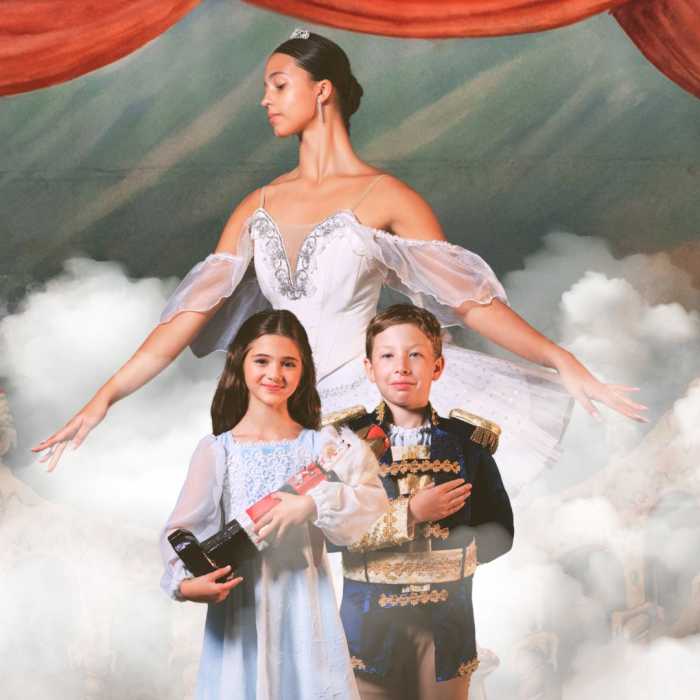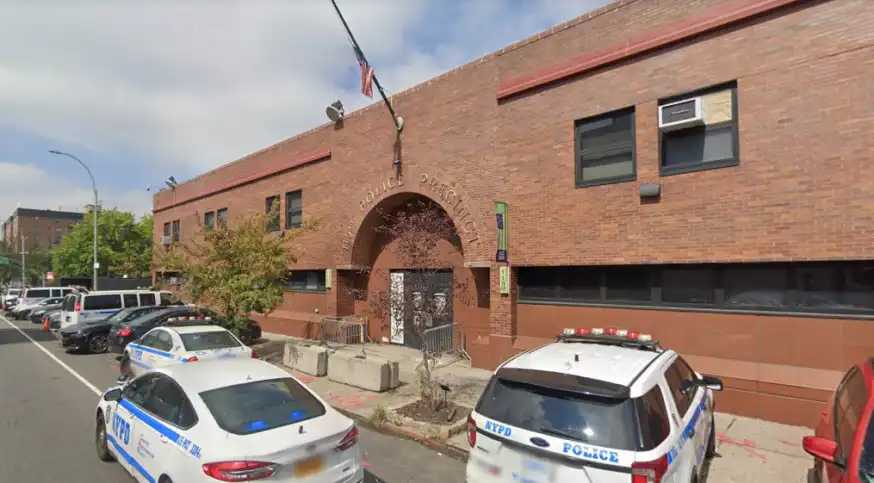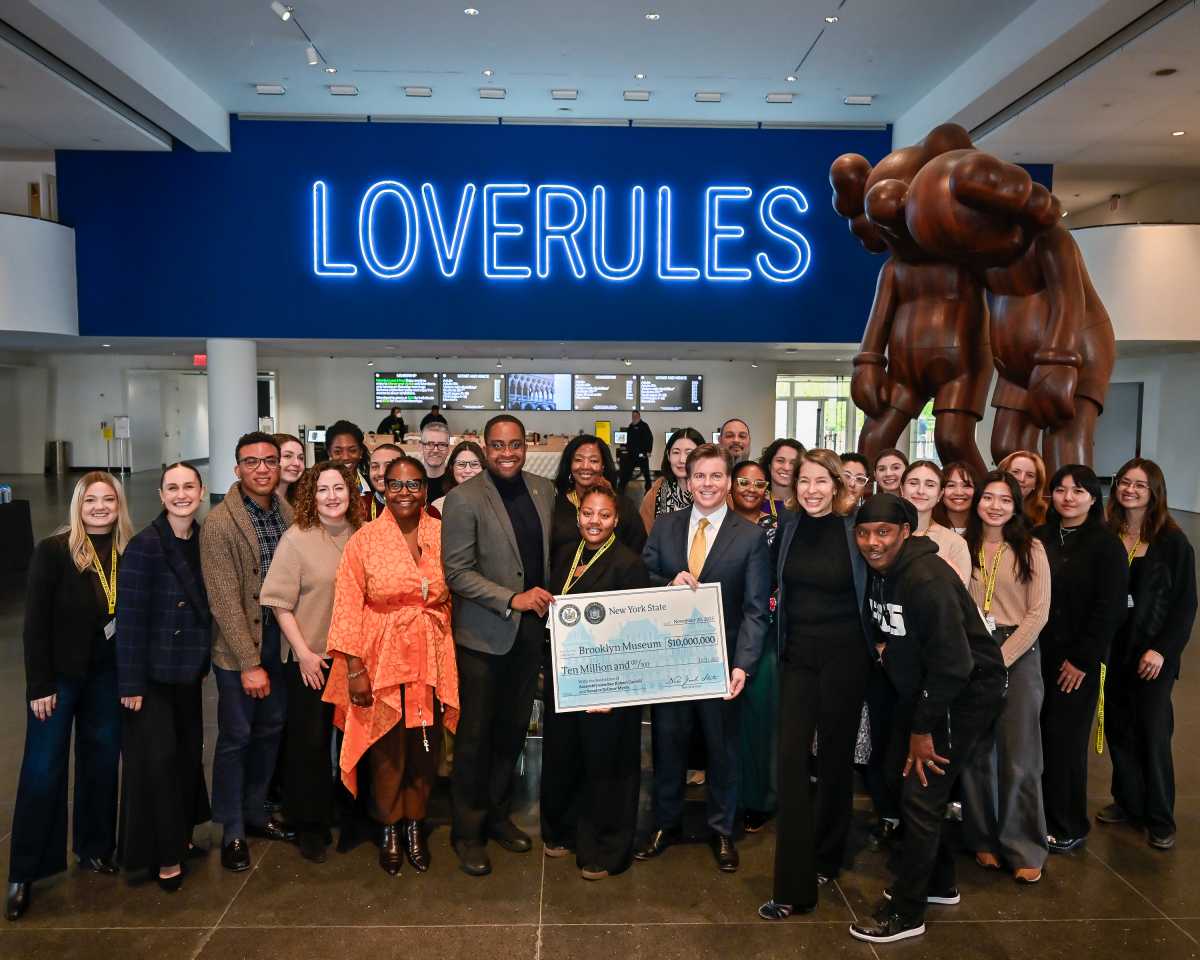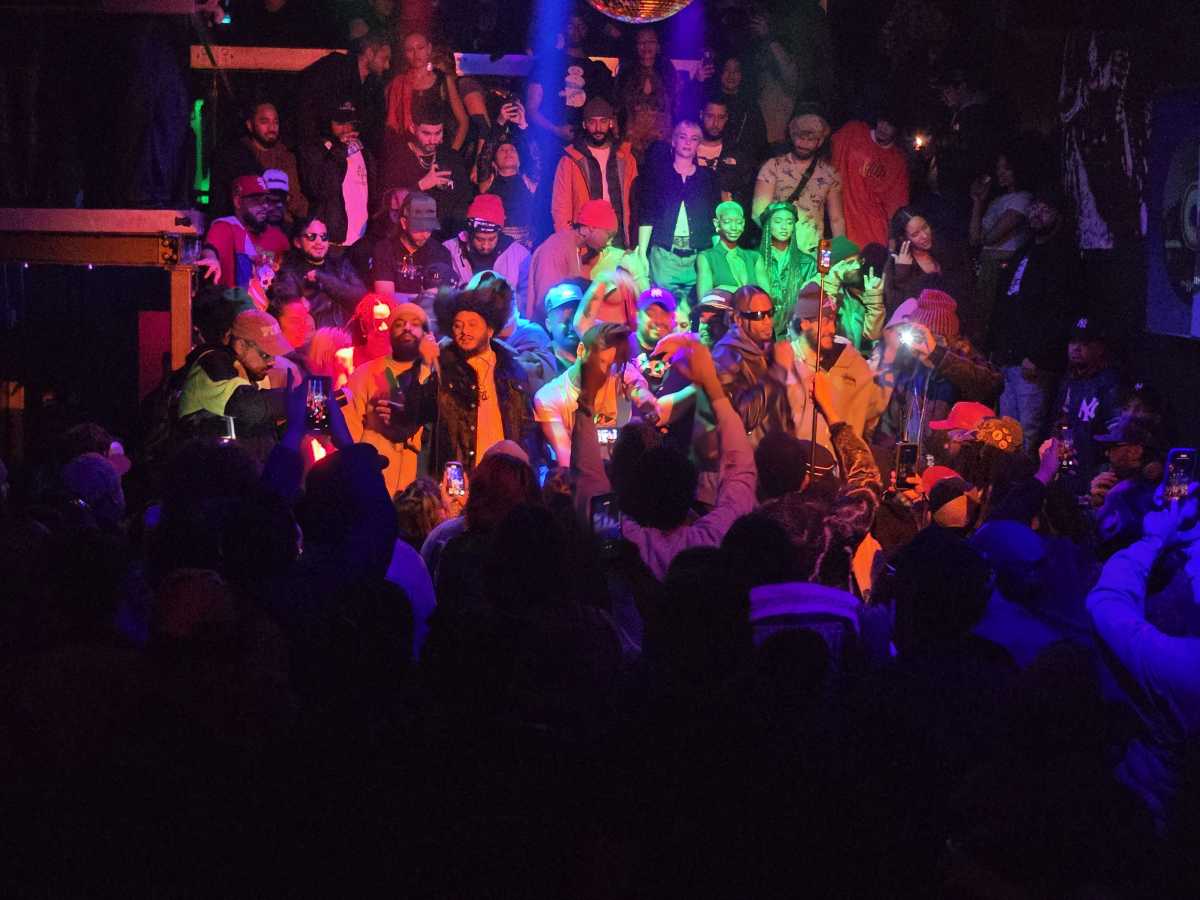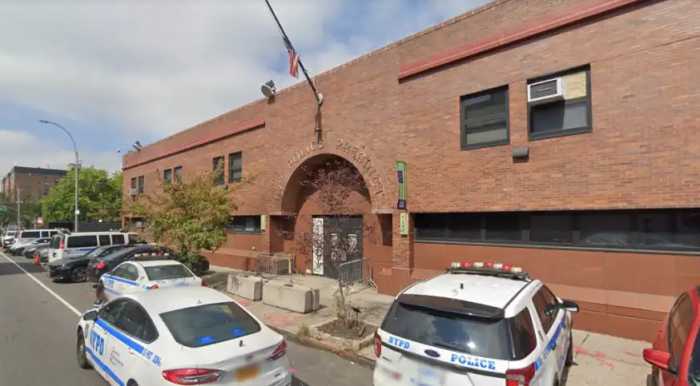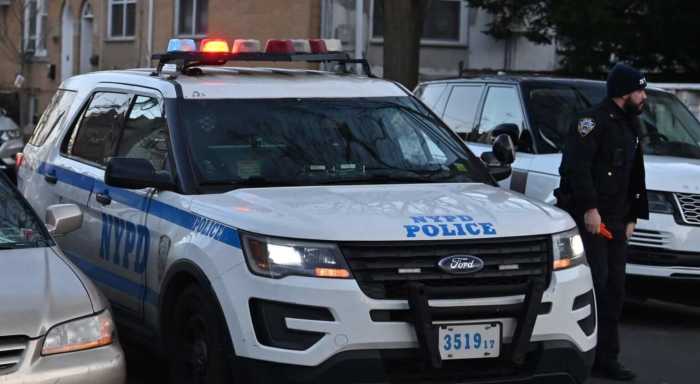It’s been 30 years since terror struck the heartland of America one fateful spring morning in Oklahoma City.
On the morning of April 19, 1995, anti-government right-wing extremist Timothy McVeigh parked a Ryder truck loaded with 5,000 pounds of agricultural fertilizer and diesel fuel at the front of the Alfred P. Murrah Federal Building in Oklahoma City. At 9 a.m., McVeigh lit two separate fuses – in case one failed. Two minutes later, the bomb exploded, killing 168 people (including 19 children) and injuring close to 700.
Today, the bombing remains the deadliest act of domestic terrorism in United States history. But in the cultural memory, Oklahoma was eclipsed by 9/11, when America – and the world – shifted their attention to the threat posed by radical Islamic extremism.
Three decades on, the bombing is back on the cultural agenda, as the right-wing extremism that drove McVeigh is on the rise.
In 2025, the threat from US-based violent extremists is believed to be “high,” according to the Department of Homeland Security. Domestic terrorist attacks and plots against government targets motivated by partisan political beliefs nearly tripled in the five years before last – compared to the previous 25 years combined.
New and recent chronicles of the Oklahoma bombing are not just a reflection on the past, but a warning about the future.
A right-wing ‘outlaw’

In his award-winning book about the bombing, Homegrown (2023), US lawyer and journalist Jeffrey Toobin writes, “In the thirty years since the Oklahoma City bombing, the country took an extraordinary journey – from nearly universal horror at the action of a right-wing extremist [McVeigh] to wide embrace of a president who reflected the bomber’s values.”
Toobin draws ominous parallels between his subject’s political motivations and the values and views of the Jan. 6, 2021, insurrectionists.
McVeigh, a Gulf War veteran and gun-rights absolutist, always claimed he bombed the Murrah building to protest the “abuses and usurpations” of Bill Clinton’s government.
He specifically mentioned two infamous armed confrontations between extremists and the federal government. One was the 1992 standoff between FBI agents and white separatists at Ruby Ridge, which resulted in three deaths, including the killing of a 14-year-old boy. A year later, more than 75 people died outside Waco, TX, after a shootout and a 51-day siege between the FBI and an apocalyptic religious sect, the Branch Davidians.
McVeigh was also mobilized by Clinton’s 1994 ban of assault weapons, which he and other conservatives believed was a violation of the Second Amendment. The assault ban was the final straw.
“When the guns are outlawed,” McVeigh wrote in a letter, “I become an outlaw.”
One of his strongest influences – and a constant companion – was “The Turner Diaries,” a 1978 novel sometimes referred to as “the bible of the racist right.” In it, a white nationalist destroys an FBI building in Washington with a truck bomb, and the US becomes engaged in a nuclear civil war. McVeigh read the book during his army training and sold copies at gun shows.
His embrace of violence as a justified response to political grievances is reflected in the rhetoric of Trump’s presidency, argues Toobin – most famously, Trump’s Jan. 6 speech, when he exhorted his supporters to march on Congress and “fight like hell.”

All the trends that McVeigh embodied – the political extremism, the obsession with gun rights, the search for like-minded allies, and above all, the embrace of violence – came together under the 45th president.
When choosing a date for the bombing, McVeigh deliberately opted for April 19: the second anniversary of Waco and the date of the Battles of Lexington and Concord, which marked the start of the American War of Independence. Like McVeigh, the rioters who stormed the Capitol saw “the rebellion” as akin to the revolutionary struggle of the Founding Fathers. They, too, believed violence was necessary to achieve their goals.
In this way, Toobin argues, McVeigh represents an early prototype of the aggrieved Trump voter. The actions of McVeigh and some Trump supporters belong to “a long tradition of gun-obsessed, antidemocratic, violence-fueled extremism.”
The only difference is that Trump’s extremist ideas have become mainstream.
McVeigh’s legacy
McVeigh was executed by lethal injection on June 11, 2011, exactly three months before 9/11.
He never showed remorse for his actions. He believed the bombing was a justified response to the “arrogance and oppressive power” of the Clinton government, and described the children he killed as “collateral damage.”
Before he was executed, McVeigh requested his ashes be scattered over the Oklahoma City National Memorial, on the site where the Murrah building once stood.
His defense lawyer and longtime friend, Rob Nigh, talked him out of the plan: “a kind of sneering double immortality for the bombing itself and for his return to the site for eternity.” Instead, McVeigh’s remains were released to the winds in the Rocky Mountains.
The decision, as Toobin notes, was a symbolic one: “By concluding his journey in this way, McVeigh would be everywhere. Where, in a way, he remains.”















